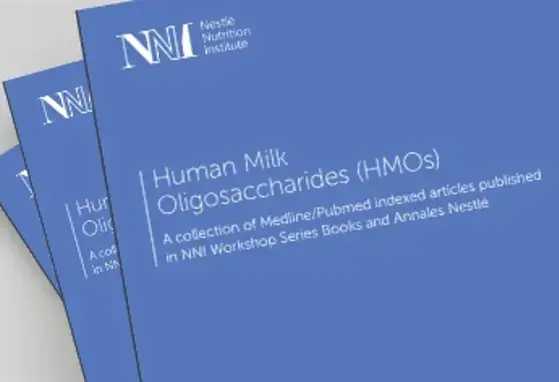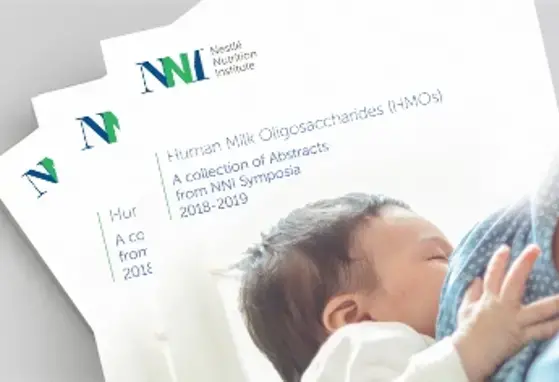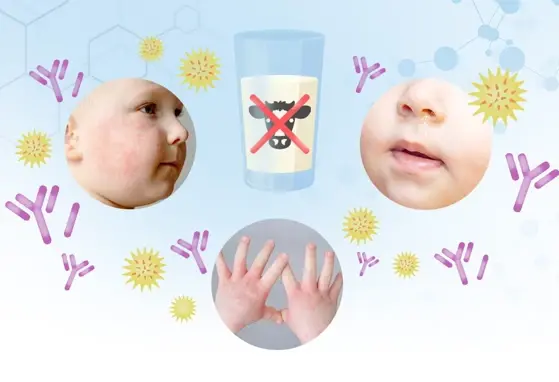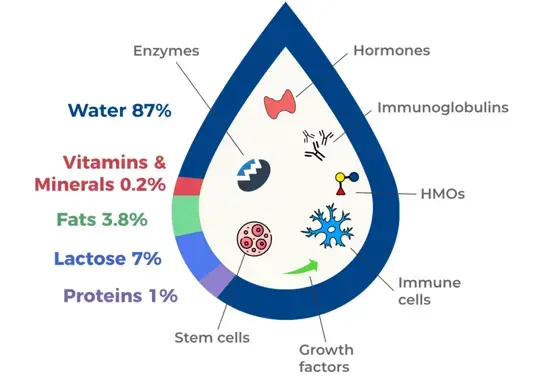Articles and Books

Influence of time and phenotype on salivary Fel d 1 in domestic shorthair cats
Influence of time and phenotype on salivary Fel d 1 in domestic shorthair cats

Are women well nourished for preconception & pregnancy?
Are women well nourished for preconception & pregnancy?

Introducing peanuts and eggs early can prevent food allergies in high risk infants
Introducing peanuts and eggs early can prevent food allergies in high risk infants

Appropriate age range for introduction of complementary feeding into an infant’s diet – EFSA Scientific Opinion
Appropriate age range for introduction of complementary feeding into an infant’s diet – EFSA Scientific Opinion


Effects of Higher Protein Formula with Improved Fat Blend on Growth and Feeding Tolerance in Preterm Infants
Effects of Higher Protein Formula with Improved Fat Blend on Growth and Feeding Tolerance in Preterm Infants

Human Milk Oligosaccharides (HMOs) Abstracts (Workshops & Annales)
Human Milk Oligosaccharides (HMOs) Abstracts (Workshops & Annales)

Human Milk Oligosaccharides (HMO) Symposia Abstracts
Human Milk Oligosaccharides (HMO) Symposia Abstracts


